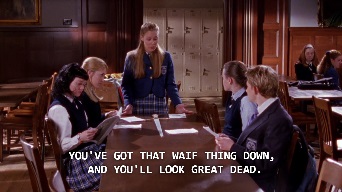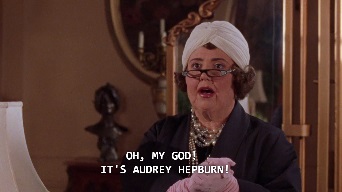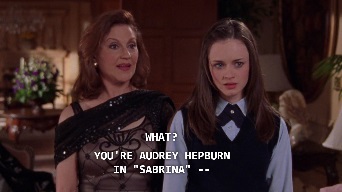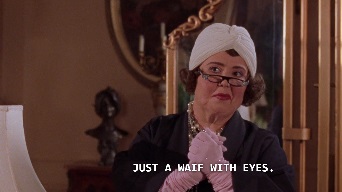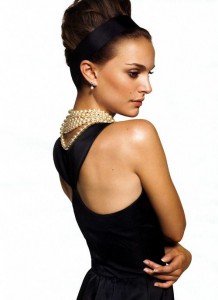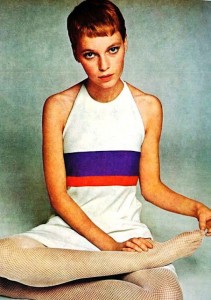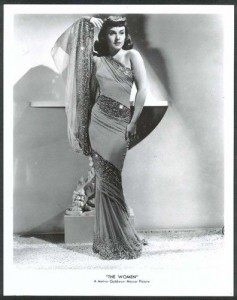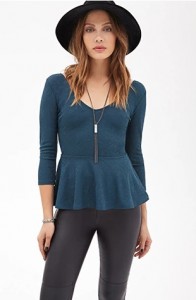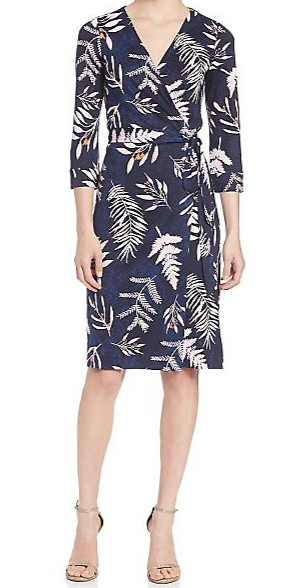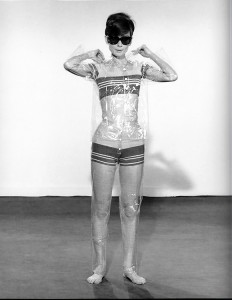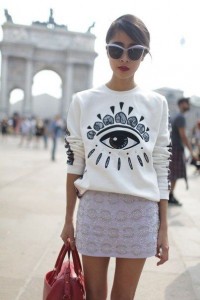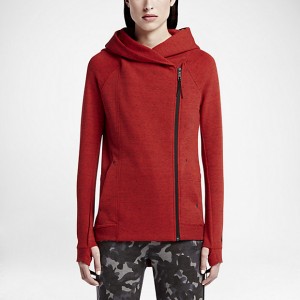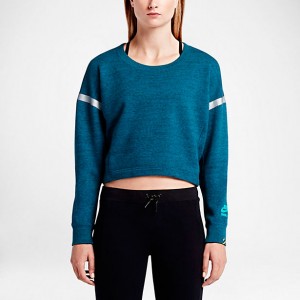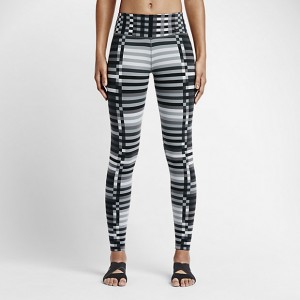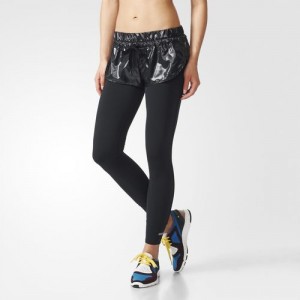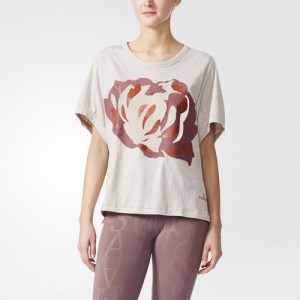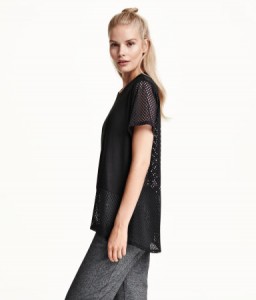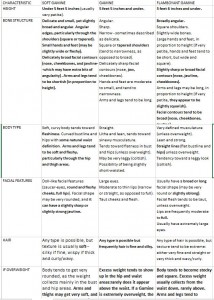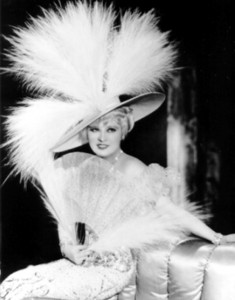Last week, we got the first new writings from David Kibbe since Metamorphosis was published 30 years ago. You can read it here. He discusses the changes that have gone in the fashion world since the book was published, and also tries to correct some misconceptions/misuses of his system. I did find the letter to be interesting food for thought, so I thought I’d respond to some of the things in the letter.
“I found that many of you are looking at yourselves from an OLD IDEA — based on that time and the mind-set of the times ― not my vantage point at all. I found that some of you are trying to squeeze or fit yourself into the Image Identities™I put forth in the book.
That was never my intent.”
It is hard to know what to make of this part. Yes, as he mentioned before this, the way clothing is made has changed, and now a lot of things come with spandex and bodycon is very common. But what is his system beyond the Image Identities? What are we trying to “squeeze ourselves into”? Is he referring to the fact that the recommendations are based on what was available when the book was being written, or are the Image Identities themselves a reflection of the times? He still types people using the same Image Identities as before, obviously, so perhaps what it means is that we have to expand our understanding of what types can wear. But then again, without guidance from the recommendations, how can we understand that what we’re wearing is really true to the type?
I have to say, sticking to the Flamboyant Gamine recommendations nearly 100% has been very successful for me. There are places I’ve discovered where I can bend the rules, and perhaps that’s what we have to do. Start with the recommendations, get a feel for your type, and branch out from there.
“I also discovered that on the sites, for some, it is a very left-brained intellectual process. I discovered that sometimes the groups type each other and some individuals elect themselves as experts in my system. Although it may be well-meaning, it doesn’t help because it shifts the focus from organic to intellectual.
My system is an art – not a science. But like all art, it must have an iron-clad technique at its core which is what I have created and my book was meant to outline.”
I feel I have definitely been guilty of this. This is simply how I understand the world. I work with an impression I receive from my intuition, or look at a system like Kibbe that seems a bit mysterious in how it works, and then I try to break it down and understand it in a systematic way.
But I do try to go with my first impressions, to see if a certain type makes sense for a person overall. And have I elected myself an expert? Yes, I have a blog–but when I do give people my impression of their type, whether here or on Facebook, I hope that they understand that I am not coming at this from the point of view of a self-appointed expert, just someone who enjoys studying these systems.
I do wonder if perhaps he was instead referring to people who do take on clients and charge money for their typing services, ones where the emphasis is on physical features or lines instead of the overall impression a person gives. But by then, I suppose, you have already gone in an entirely different direction that Kibbe.
“The multiple choice test was never meant to be the only thing to determine your Image Identity™. Used by itself, it will always come up wrong. Only use the test combined with the lists and descriptions. Add to that your deepest instinct about who you are. Think of yourself at the age of 7- or before the world did its thing to you. Remember how you felt about yourself and what already made your heart sing! Remember above all, this as an organic process – not an intellectual one. Listen and hear yourself.”
This I have always found to be true. I do not really come up as FG on the test. I am somewhat more evenly divided between yin and yang according to the test–but answers aren’t weighted differently according to importance. My impression is still more yang than yin.
The idea of your “deepest instinct about who you are” though, I think is a major one. I can say that I have always somehow known that I am FG, although of course FG is simply an idea created by one guy. I have always been drawn to other gamines, and couldn’t relate to actresses of other types nearly as well. Even as a small child, I somehow knew that I wouldn’t grow up to statuesque or voluptuous. I was never going to be a Jessica Rabbit type. Audrey Hepburn always resonated with me far more than Marilyn Monroe.
“Hollywood Stars. Many of you that I’ve worked with personally, keep asking me to “slot” them in my Image Identity™ system according to the movie stars of today. I always gently decline. The reason? The celebrities of today are not necessarily STARS. The Hollywood Stars of yesteryear had a whole studio to evaluate and execute a one-of-a-kind expression of that individual. Therefore Marilyn Monroe, Audrey Hepburn, and Greta Garbo were born. Now with the homogenization of Hollywood, the fashion world, and the preponderance of plastic surgery, the individual person underneath is often not recognizable.”
Yes. I do this for fun on Pinterest, but the days of studios creating a true image for a star are long gone. Now it seems that you can barely tell one apart from another. Relying on celebrities to type yourself is also a fool’s errand. Just because you vaguely have a resemblance to someone does not mean you will be the same type as them. I think it’s when you don’t actually look like someone, but someone still senses something you have in common with that person, is when a celebrity comparison is significant. I have been compared to Jean Seberg, even when I had long hair, but I actually look nothing like her.
I had planned to really do a thorough study of facial features and body features for each type. But as I’ve spent more time working on Kibbe-related things, I’ve realized that this isn’t really the direction I want to go. I have seen people get lost in the most minor of details, like what feet look like in a certain type, thus sending them off on a wild goose chase to types that have nothing to do with who they are and how they present themselves to world.
So I will work on looking at the essences of types–yes, I realize I have only done Dramatic so far–and maybe stop there. I am working on a typing workbook for style and season (in addition to finishing up edits on my style customization workbook) and while I first wanted to put together a bunch of clothing suggestions to try and see if you need a long line or whatever, I now feel like that is now how I want to spend my time. If you’d like a book like there, you can pick up The Triumph of Individual Style. What I want to do with the workbook is lead you on an exploration of who you are. Belle Northrup believed in dressing the whole person, inside and out, and that is what I want to focus on, not which sleeve length is best.
What was your reaction to Kibbe’s letter? What has been your experience trying to understand his system in a more “right-brained” way?

